In 410 AD, the Western Roman emperor Honorius, finding the security of his empire threatened by invasion and civil war, wrote to the cities of Britain to tell them to look to their own defence. For the first time in nearly four centuries, the people of Britannia were no longer under the control of Rome.
Our guide to Roman Britain explores the history of the Roman occupation, the impact on wildlife, plus the best Romans sites to visit in the UK.
Roman facts
- Before the final and successful Roman invasion of Britain under Emperor Claudius in 43 AD, Julius Caesar had invaded twice and won several battles against the Celts.
- The population of Roman Britain numbered between three and four million people and was more racially and culturally diverse than at any time before the 19th century.
- The first Roman town in Britain was Camulodunum (Colchester) – but less than a tenth of the population lived in towns.
When did the Romans occupy Britain?
The Romans occupied Britain from 43 AD until 410 AD, when the Western Roman emperor Honorius, finding the security of his empire threatened by invasion and civil war, wrote to the cities of Britain to tell them to look to their own defence. It took nearly four centuries until the people of Britannia were no longer under the control of Rome, and hence its no surprise that the Roman influence on Britain is still identifiable today.
Why did the Romans occupy Britain?
Britain, in the first century AD, had been an obvious territory for the resource-hungry Roman Empire to annexe. A great source of iron, lead, copper, tin and gold, the island was also rich in cattle and grain. Taking control of such resources had made sound economic sense to the emperor Claudius, who, in 43 AD, authorised a full-scale invasion of the island. New tribal towns, each with a regular street grid, forum, basilica, theatre, amphitheatre, temples and bathhouse, were established across southern Britain, many being subsequently filled with high-status houses.
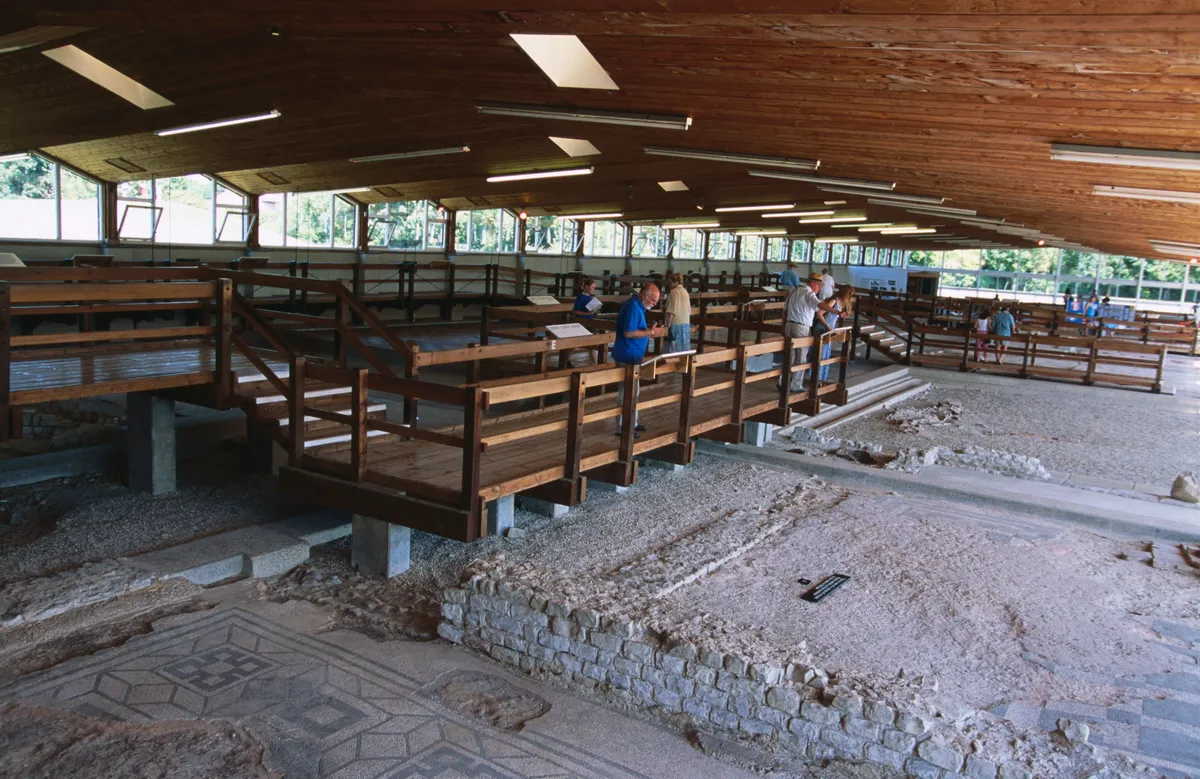
Roman Britain's impact on wildlife
Arguably Rome’s greatest legacy in Britain was not the towns, villas, mosaics and forts, but in the changes that it brought to the natural world. Roman farming regimes, which over-emphasised the production of beef and pork, also introduced ‘alien’ species of animals and plants to the British Isles. These new additions included the almond, sour cherry, plum, damson, cucumber, fennel, fig, grape, sweet chestnut, sycamore and walnut and probably also coriander, peach and the common elm together with cultivated forms of carrot, parsnip, apple and pear. New animal species introduced to Britain by Rome included the chicken, edible and garden dormouse, fallow deer, rabbit and Roman snail, and also probably the brown hare, common carp, pheasant, and new forms of domesticated cat and dog.
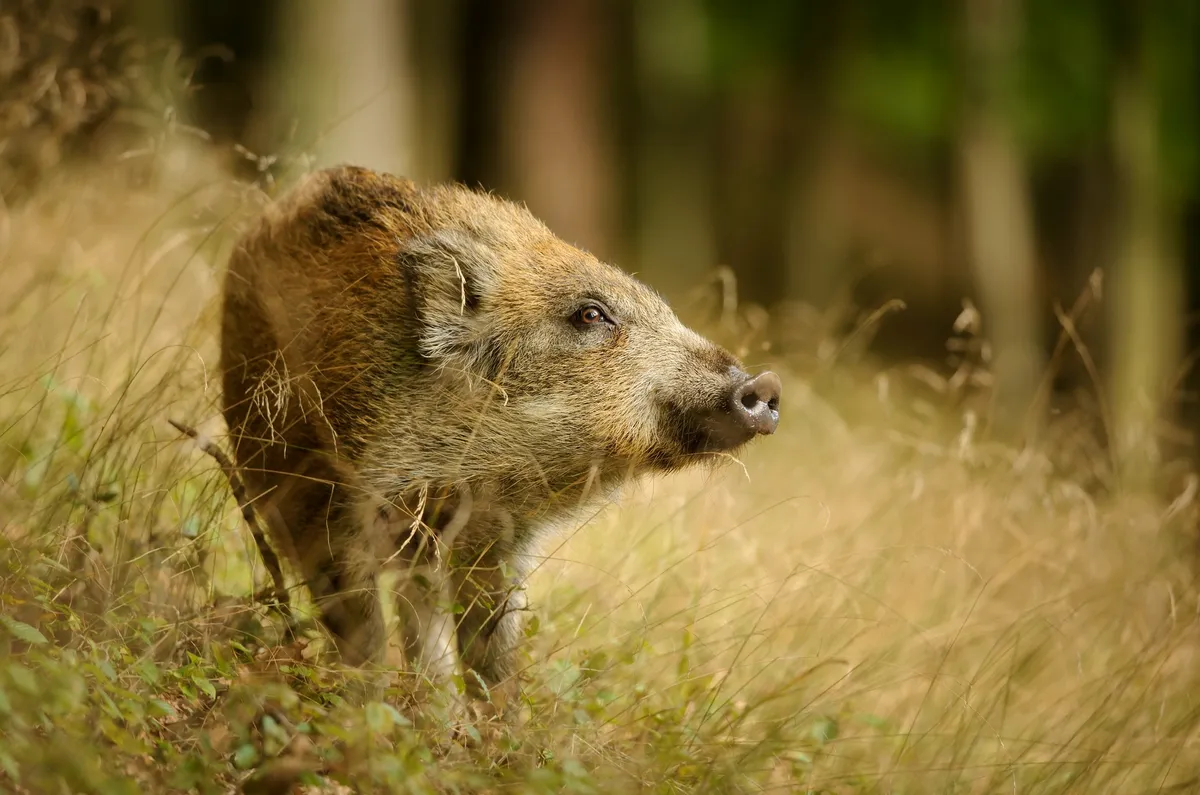
Less favourable additions, arriving with the intensification of Roman grain production, were the black rat, dark mealworm, granary weevil and saw-toothed grain beetle. During this time, native British species such as the elk, beaver, wild boar, bear, wolf and lynx, all went into serious decline, thanks to a combination of industrialised farming regimes and increasingly sophisticated hunting strategies.
Although from a cultural perspective, the Roman Empire had little effect upon the social development of Britain, its influence upon landscape and environment, particularly the flora and fauna, was significant – the fallout of which continues to affect us to this day.
Best Roman sites to visit in the UK
Roman Baths, Somerset
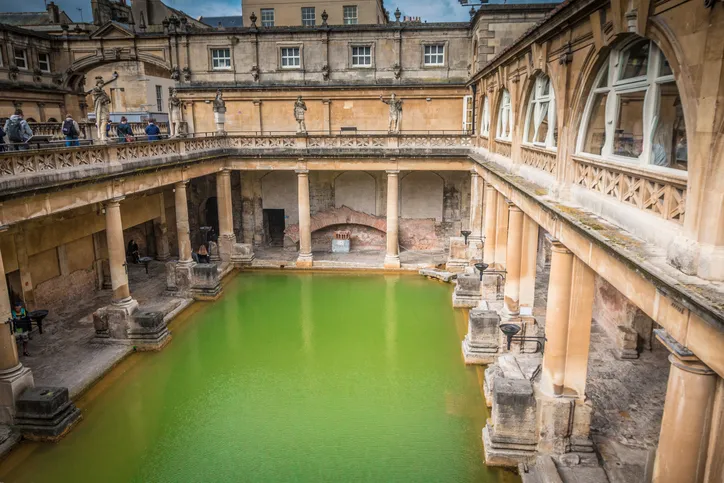
At Bath, the temple, sacred spring and bathing complex belonging to Aquae Sulis are displayed in a stunning subterranean museum. Here you can also see a large number of sculptures and tombstones together with votive objects, including the famous ‘curse’ tablets.
Fishbourne Palace, West Sussex
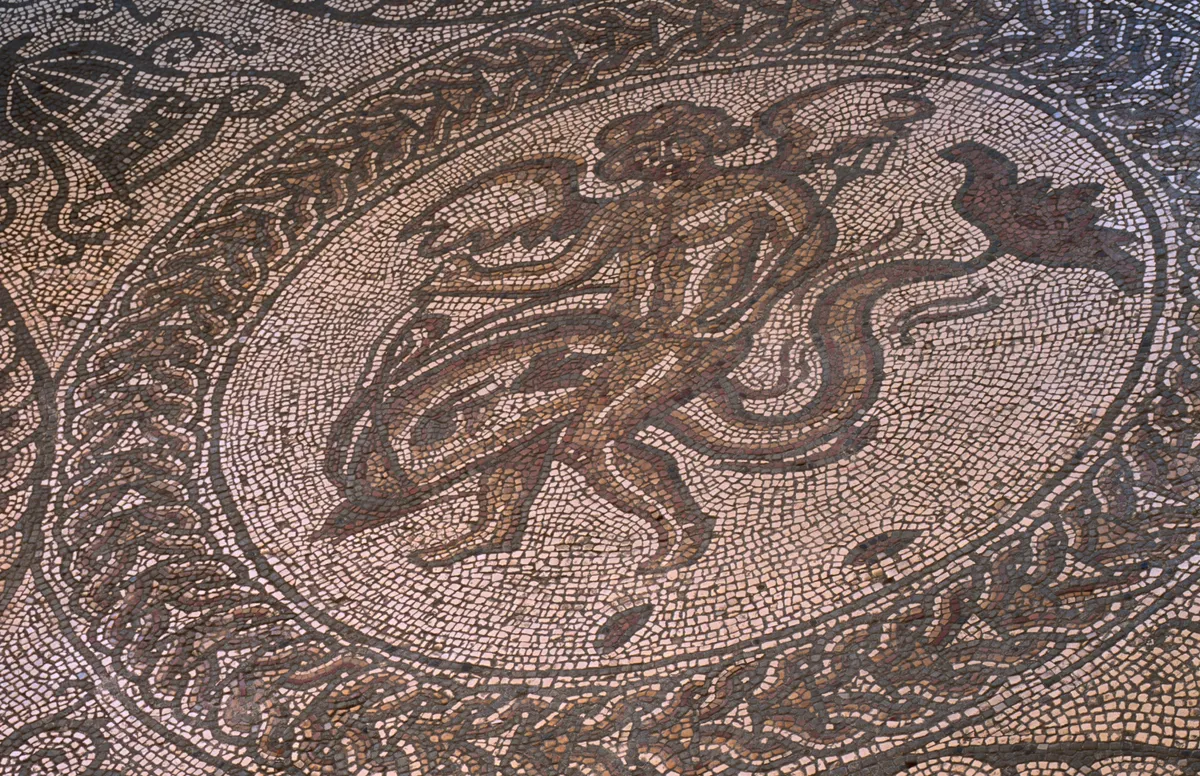
The palace at Fishbourne was one of the most opulent Roman structures built outside of Italy. An on-site museum and discovery centre display many of the key finds recovered from excavations here.
Bignor Roman Villa, West Sussex
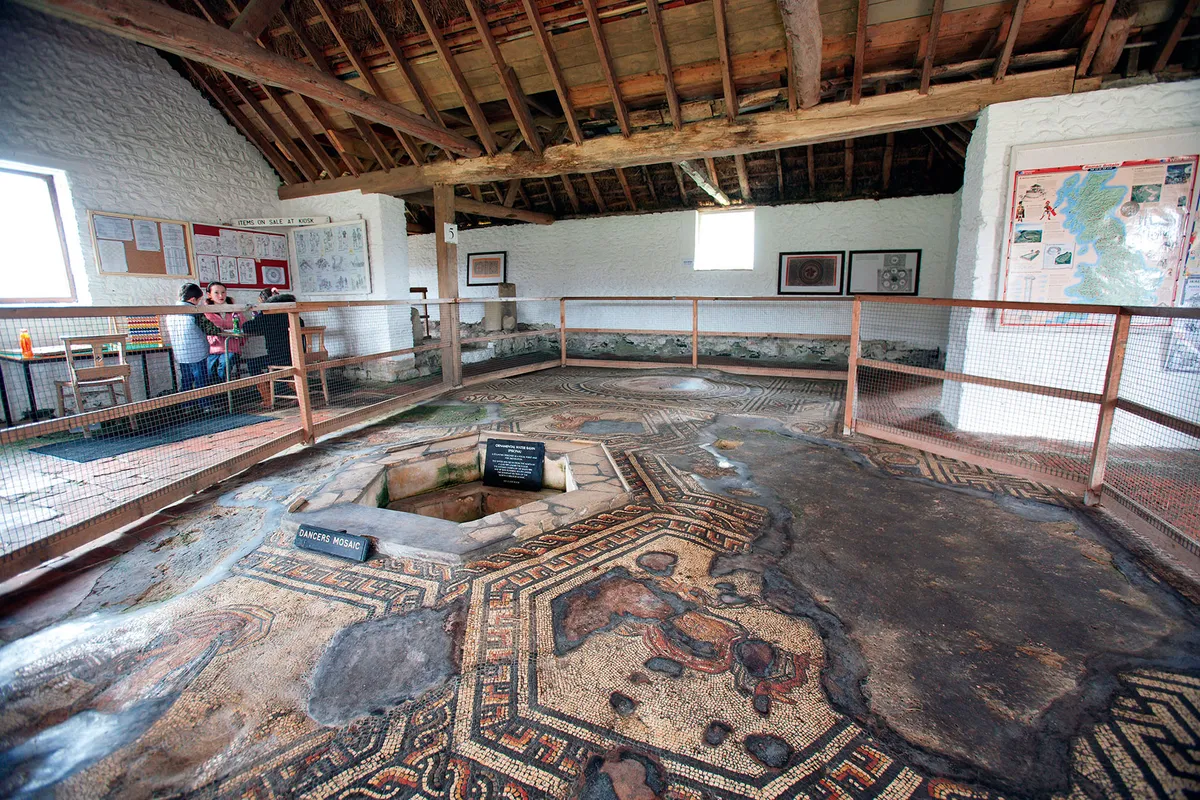
The beautiful mosaics of Bignor villa are protected by a series of thatched-cover buildings, first constructed in the early 19th century. A bathhouse, two dining rooms and associated floors including a hypocaust are visible.
Cawrwent Roman Town, Monmouthshire

Much of the tribal town of Venta Silurum is visible today, including the foundations of houses, shops, a temple and part of the forum and basilica. The town wall circuit survives in places to an impressive height of 5m.
Caerleon Roman, Fortress Gwent
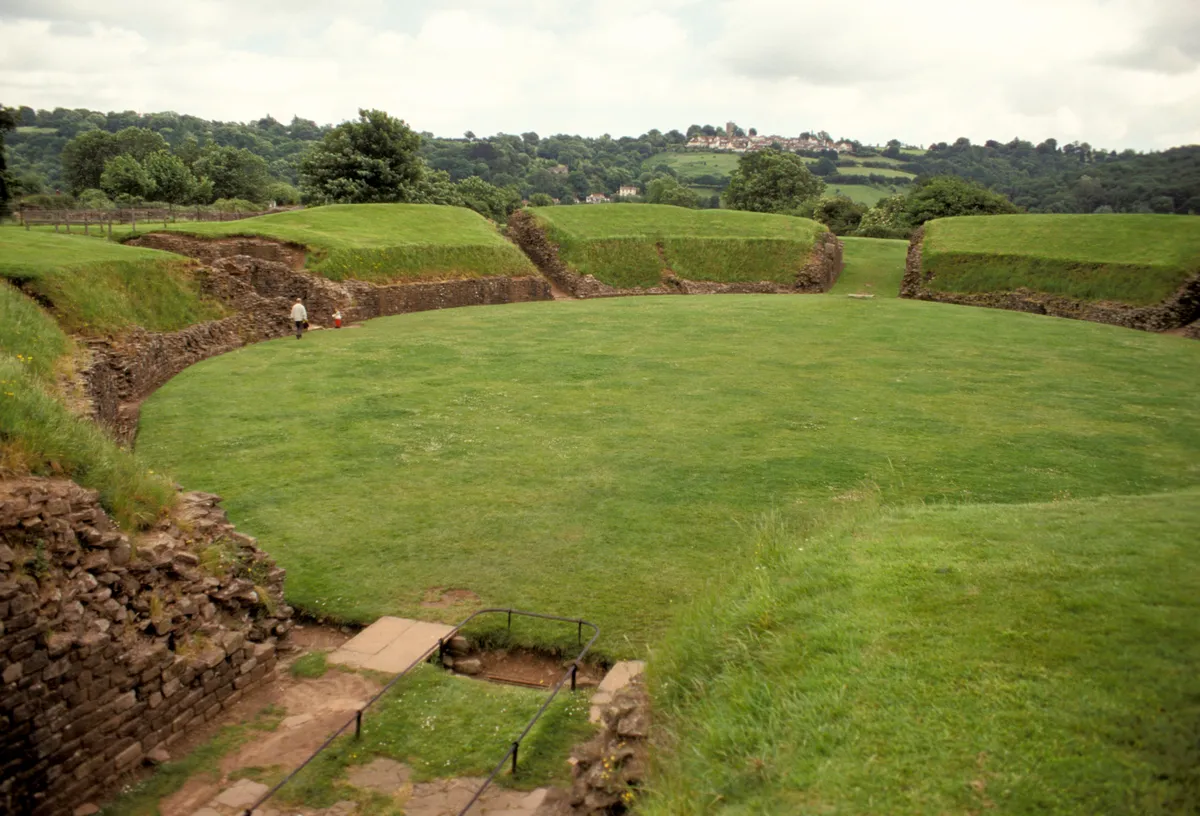
Constructed in the AD 70s, Caerleon (Isca), was only one of three permanently occupied legionary fortresses in Britain. Here you can see the mighty amphitheatre, legionary barracks, part of the main bathhouse and artefacts displayed in the Roman Army Museum.
Chedworth Roman Villa, Gloucestershire
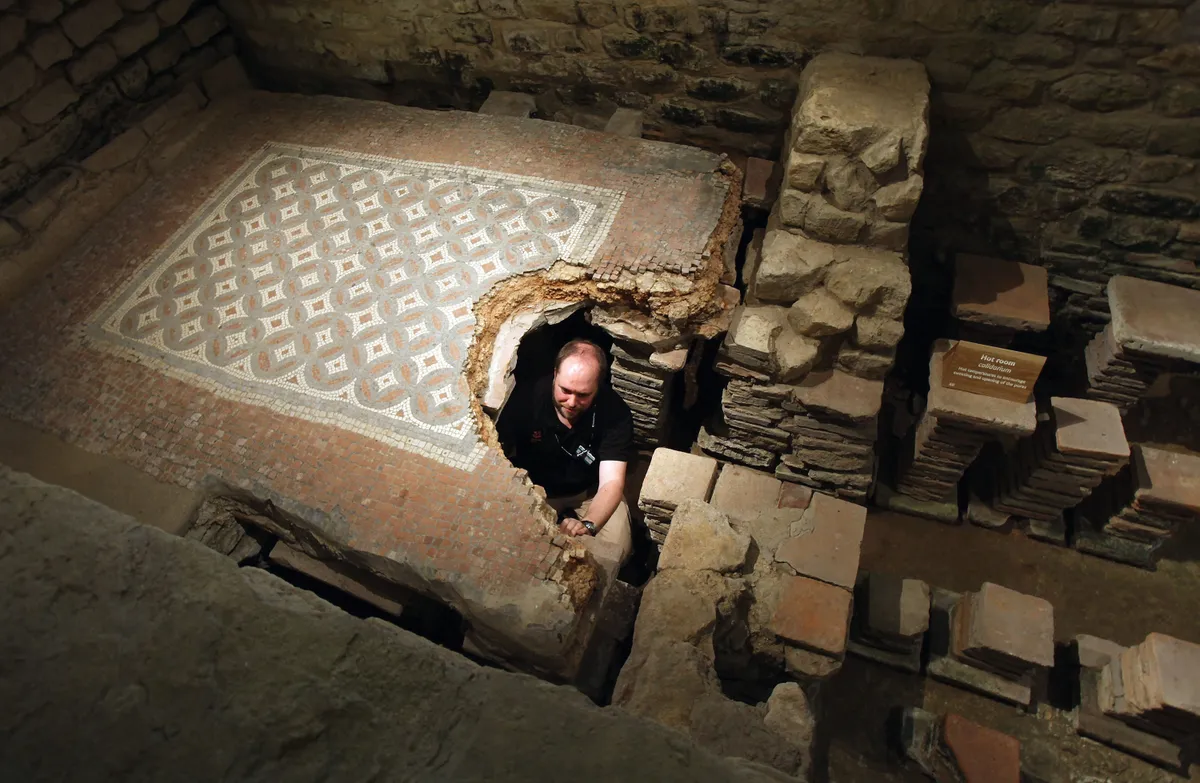
A spectacular set of mosaics and a private bathhouse all housed in a brand-new cover building. Continuous excavations are revealing more of the villa complex while an on-site museum displays artefacts.
Vindolanda, Northumberland
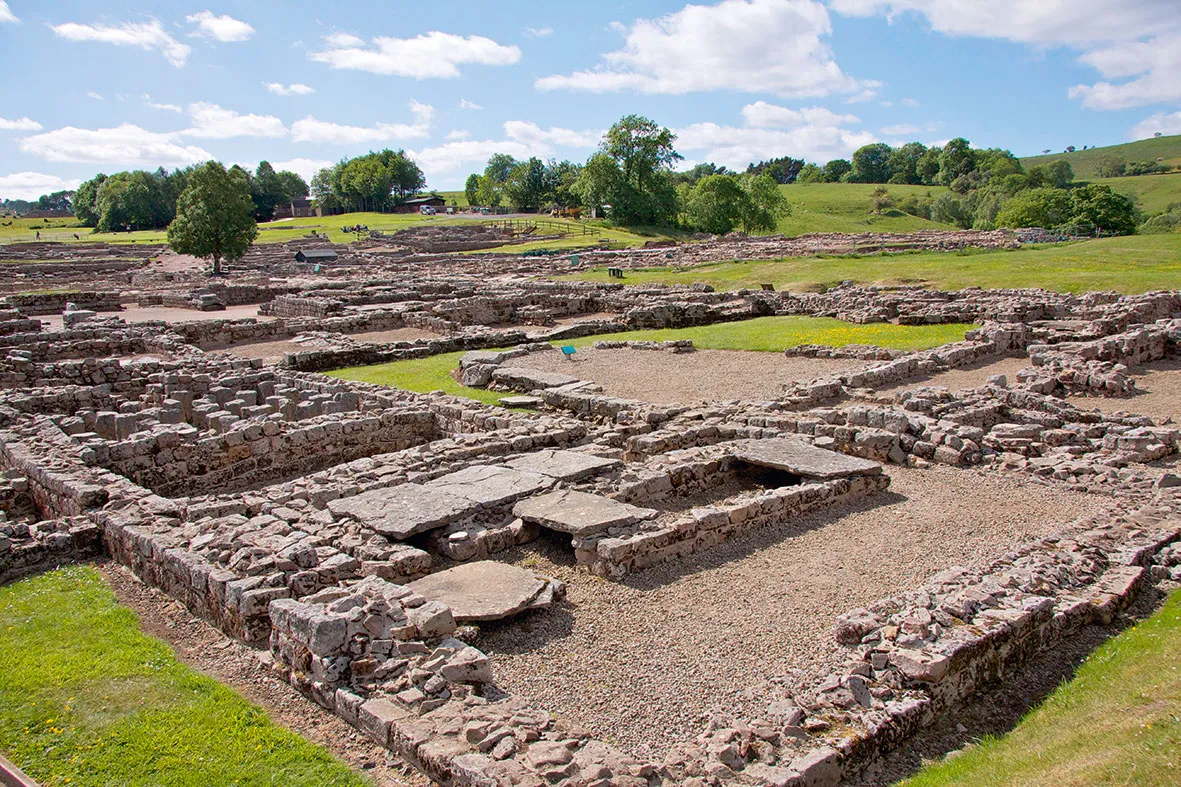
The well-preserved frontier fort of Vindolanda, to the immediate south of Hadrian’s Wall, is justly famous for the incredible quantity and quality of Roman artefacts, including textiles, shoes, jewellery and writing tablets, recovered.
Lullingstone Roman Villa, Kent
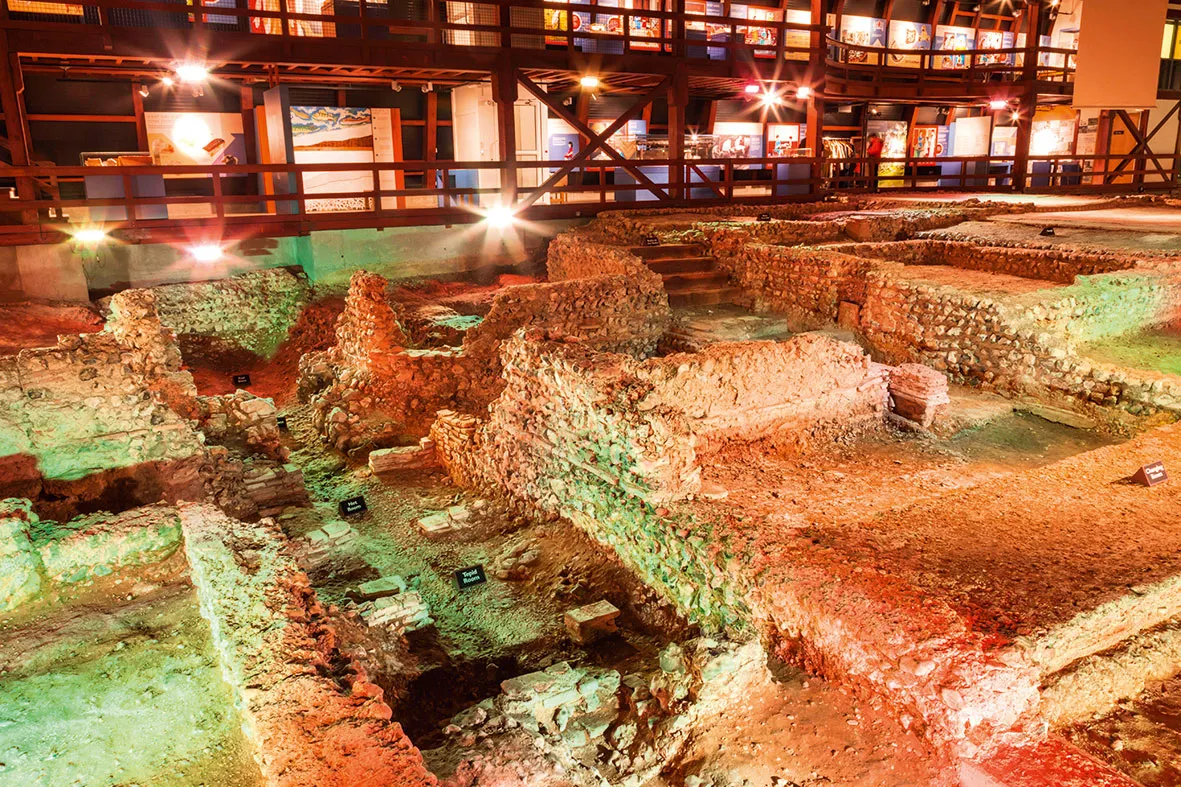
One of the earliest examples of Christian worship found in the UK. Today, the surviving mosaic floors, wall paintings and bathhouse of Lullingstone villa are protected by a substantial new cover building, museum and visitor centre.
Corinium Museum, Cirencester

An extensive collection of mosaics, tombstones, sculpture and everyday artefacts acquired from excavations of the second largest town of Roman Britain. The impressive, grass-covered remains of the town’s amphitheatre, are also visible.
Portchester Castle, Hampshire
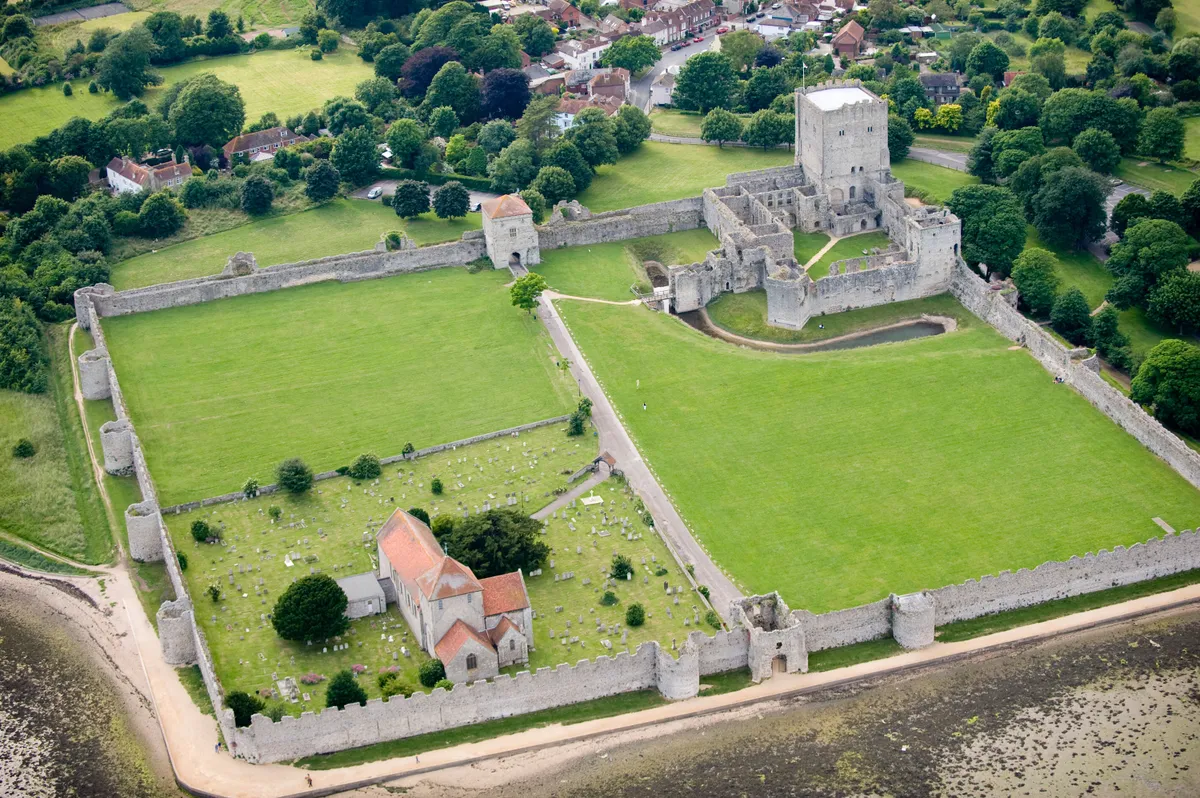
One of a chain of fortresses built towards the end of the 3rd century to protect harbours of Britain from attack. With walls over 6m high and with 14 of its original 20 towers surviving, Portchester is one of the best preserved Roman forts in Europe.
Roman roads
Known as Quintilis before Julius Caesar modestly renamed it in his own honour, the month of July is a fitting time to consider one of the most striking features of the British historic landscape, the Roman road. Although there are about 2,000 miles of them shown on Ordnance Survey maps, estimates of the total length of the network – including presumed minor thoroughfares undiscovered across Britain – could expand it to around 6,000 miles.
Roman roads were built as logistical tools of empire, to move legions and supplies at speed and, in some cases, to scare the willies out of the locals. Ackling Dyke on the chalk upland between Martin Down, Hampshire, and Blandford Forum, Dorset, strides out across the landscape on an overstated, 1.8m (6ft)-high embankment that shows utter contempt for the barrows and dykes it ploughs through.
The bank – or agger – of the road, though exaggerated, is of a typical layered construction; indeed, the Latin word for layers, strata, gave us the word street, an Anglo-Saxon place name often found along the course of Roman roads. This can be found in names of settlements such as Stretford, Stratford, Church Stretton, Stony Stratford and… er, Street.
In Europe, the maxim holds that ‘all roads lead to Rome’ while in Britain, they tend to radiate from London. The Fosse Way – between Exeter and Lincoln – goes against the grain, however, and may have even started as a defensive structure during the early years of the Roman invasion, then adapted later as a road. Much of it survives today as a taut thread of primary and secondary routes through a tangle of English country lanes.
Despite their reputation for straightness (between Ilchester and Lincoln, a distance of 180 miles, the Fosse Way never deviates more than six miles from the crow’s flight), pragmatism forced Roman architects to make more concessions to the landscape over time and the Roman road eventually learnt how to bend.
Stanegate, which crosses the Pennines south of Hadrian’s Wall, is one such winding road. It connects at Corbridge with Dere Street, the most easily traceable Roman route into Scotland. Given that there’s evidence
of Roman activity as far north as Stonehaven and claims of a fort at Inverness, there are likely to be many more long-forgotten roads hidden in the remote straths and glens of Caledonia.
About the author
Dr Miles Russell is a senior lecturer in prehistoric and Roman archaeology at Bournemouth University. He has written 15 books and regularly contributes to TV programmes on UK history
